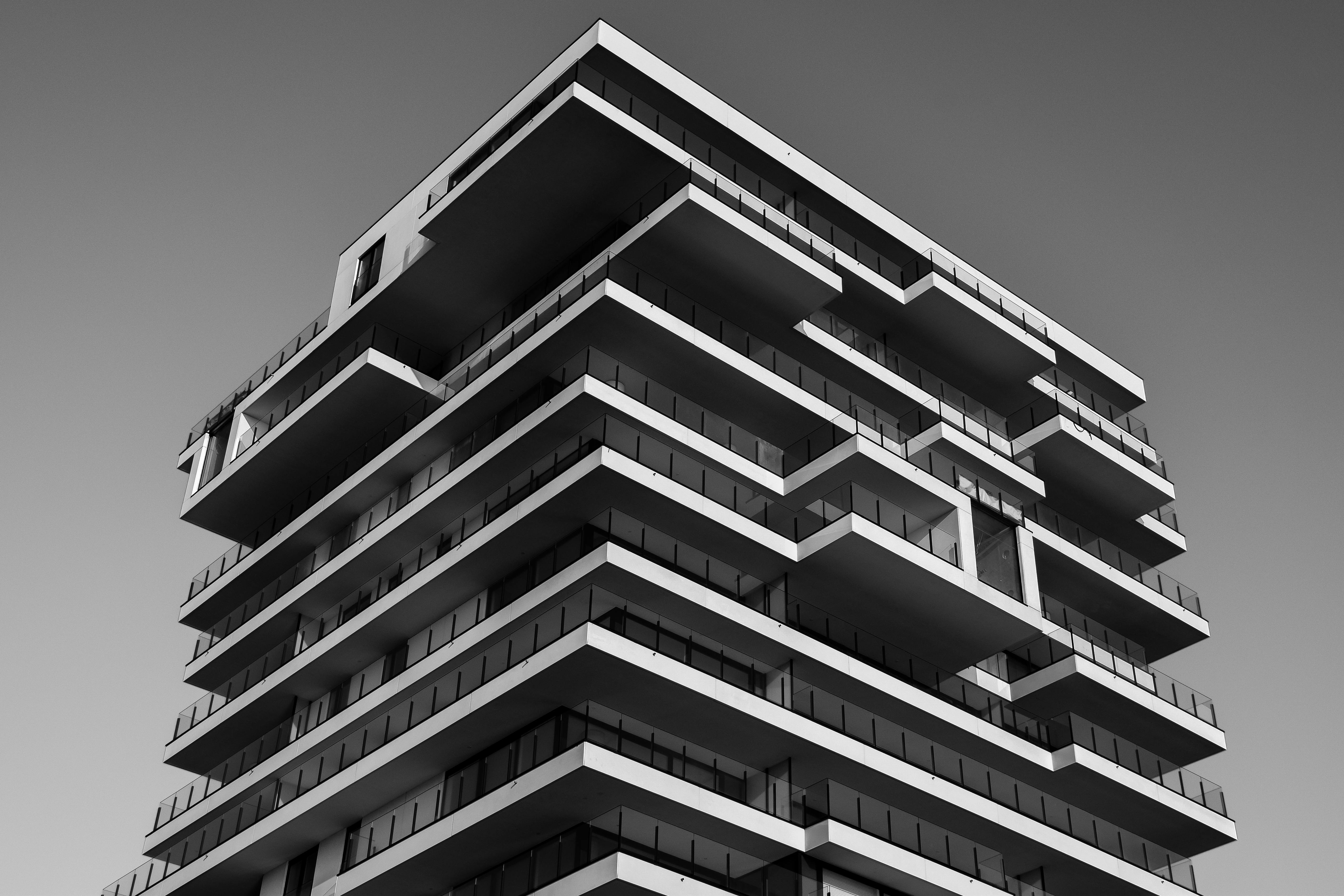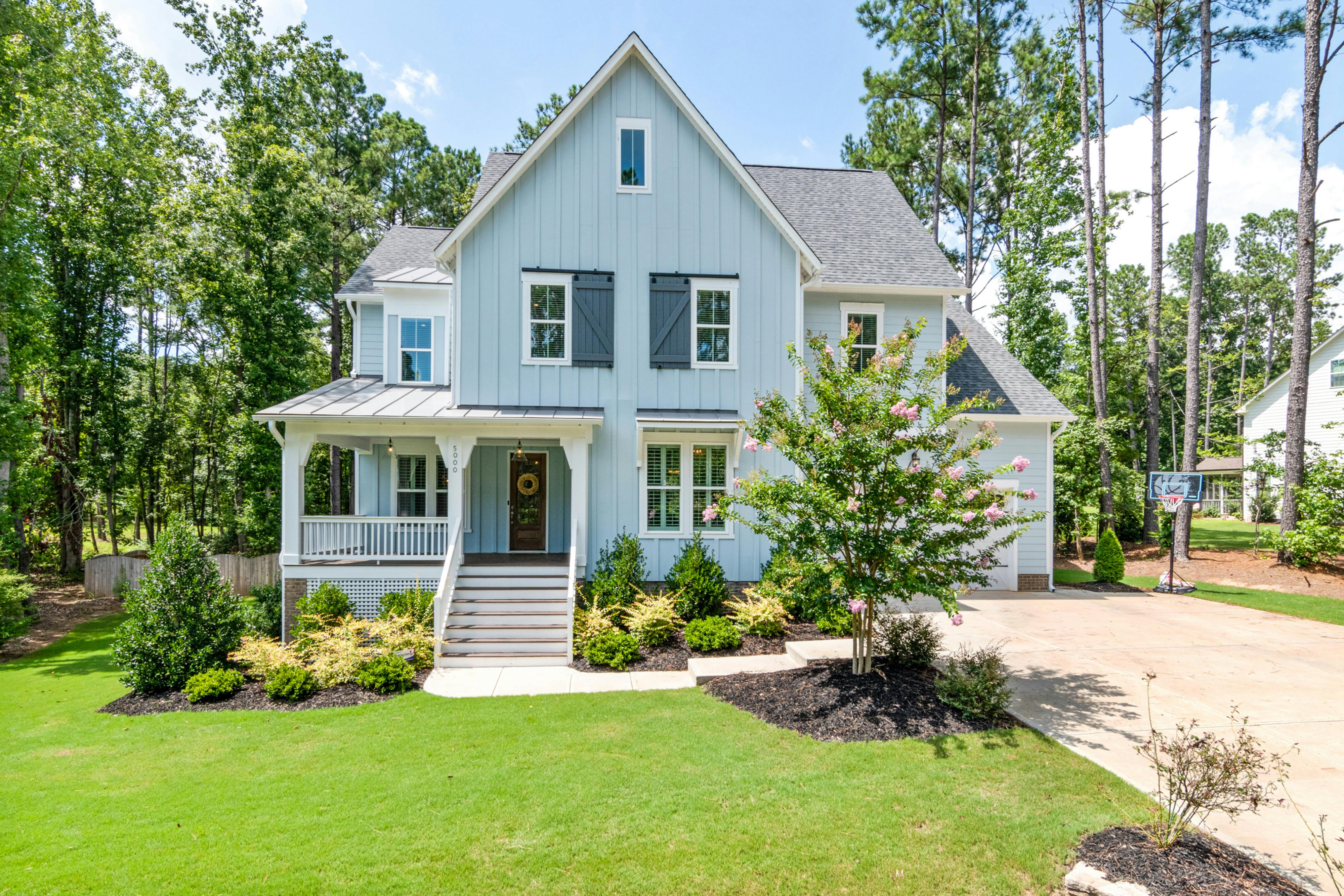Structural steel is the choice of large building structural engineers, steel detailers and concrete contractors for the construction of large buildings around the world. Because of its strength, durability, and the flexibility it offers designers, steel promises to continue to be favored by the construction industry well into the future.
Structural steel comes from iron ore. Mined from the ground, iron ore processing involves combining the iron with various other elements and materials that affect its durability and hardness to create steel. Initially heated to very high temperatures and poured into molds, the steel mixtures create I-beams and other shapes for building construction.
Based on architectural drawings, steel detailers work closely with steel fabricators, engineers, and general contractors to create detailed structural drawings that serve as a working model for steel fabricators and erectors when constructing buildings. Using advanced 3D steel drafting software technology, structural steel detailers develop models that serve to integrate the work of project professionals, leading to maximum efficiency and minimum waste.
Steel and concrete are the primary materials used for the structural support of large residential, commercial, and industrial buildings. Steel has many advantages over concrete as it has a better strength to weight ratio than concrete. Concrete weighs much more in terms of total load than concrete. The lighter weight of steel creates taller, lighter buildings, eliminating the need for extensive foundations to support heavier materials like concrete. Foundation spacing is particularly challenging in large cities where soil is hard to find or where there is a lot of granite in the soil, making excavation especially difficult.
Due to the lighter weight of steel and the fact that it is manufactured specifically for a project, steel buildings are faster to construct than those supported by concrete. By making structural steel design, fabrication and erection processes more efficient, construction productivity is improved, which translates into lower construction costs in a world where time is money. Steel is generally less expensive to produce than concrete, although the cost can fluctuate with market prices.
Of additional value is the aesthetic appeal of steel. The design of many modern buildings emphasizes the actual structure of the steel frame. Openness and additional space result without hiding the structure of a building behind walls and ceilings, created by adding height to the interior space. Steel beams can also be painted or coated to complement the building’s design and décor. Lastly, steel is also easier to dismantle than concrete and is more environmentally friendly as it is easily and cheaply recycled.




Recent Comments